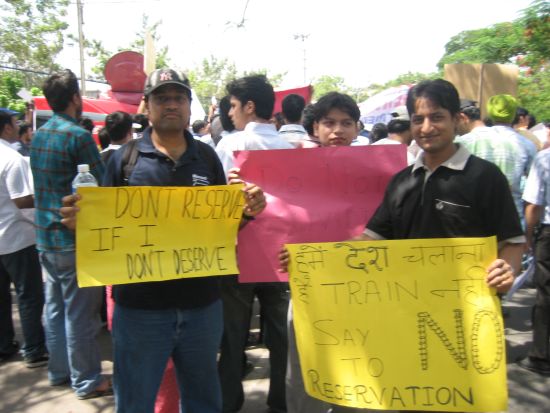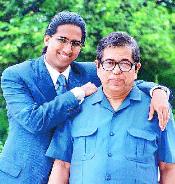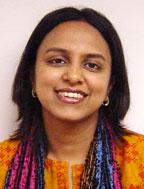
Five thousand years ago when the Aryans came to India and divided the Indian society on the basis of four castes – the Brahmin, Kshatrya, Vaishya and Sudra, caste was determined according to the occupation of the person. There are a number of stories in the Hindu scriptures where a person born to parents of a lower caste had moved up in the caste ladder with his work. The Kshatrya Vishwamitra became a Brahmin and Vyas the author of Mahabharata became a sage despite being born to a mother who came from the fisher folk community. It was in the later Vedic Age that caste became the birth right of a person. Inter-caste marriages however continued giving rise to thousands of sub-castes. With the passage of time, caste system became rigid and atrocities on the lower castes and untouchability became rampant in the Hindu society. India on the eve of Independence in 1947 was a country that was not only economically backward but had hundreds of divisions in the society.
To lift the untouchables or the Dalits from their deplorable position steeped in illiteracy and poverty the Indian Constitution granted 22 percent quota in government jobs and government educational institutions to the Dalits along with the tribals. However, Dr B.R. Ambedkar, the first Indian Law Minister who was a champion of the Dalit rights, did not consider reservations in jobs as a panacea for all the social woes. After a lot of persuasion, Ambedkar agreed to include the quota system in the Constitution but wanted it to be scraped after 10 years. However, the compulsion of electoral politics had kept on extending quotas during Constitutional amendments that take place every 10 years.
The quota system has extended in the recent decades including a new category – the Other Backward Castes (OBC) within its fold. The implementation of the Mandal Commission recommendations that gave the OBC 27 percent reservation in government jobs created a lot of fury among the Indian youths belonging to the upper castes in the 90s. In a recent judgment, the Supreme Court of India upheld the law to extend OBC reservations in top institutions of higher learning. Total reservation in educational institutions has touched 49.5 percent. Talent has been badly hit by this decision. The compulsion of electoral politics had made all political parties in India, despite their ideological differences, support the prevalence of quota system. In fact, the total votes of the people covered by the quota system is greater than the upper caste votes.
If we take a closer look at the reason of backwardness in modern India then we see that it has more to do with poverty and less with the caste structure. In the north Indian states, the Dalits are largely victims of atrocities in the hands of people belonging to the politically powerful OBCs. The lower castes now have their own leaders who have become their Messiah. Miss Mayawati and Ram Vilas Paswan have amassed huge wealth while consolidating their hold as the leaders of the Dalits. A vested interest group has sprung up among the backward classes communities who despite their strong financial and political position continue to enjoy the fruits of quota system. The Supreme Court had excluded the creamy layer of the OBC from the quota system but for unknown reasons had remained mute on the creamy layers among the Dalits and the tribals.
The next step of the caste politics in India is to carry it to the private sector.




